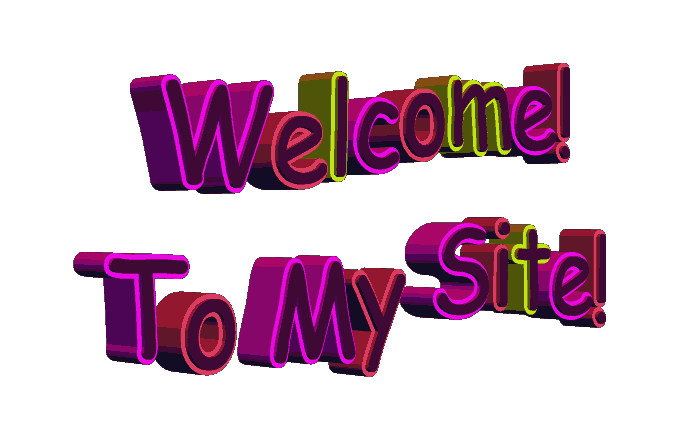Sparks of Creativity and Collaboration with Inclusive Makerspaces
Participatory research is a powerful approach to design research that actively involves participants as co-creators. This collaborative method empowers individuals to contribute their knowledge and perspectives, developing outcomes that are more relevant and reflective of the community’s needs. From co-designing public spaces like community parks to using photo-voice to capture individual stories, participatory research can take many forms. Makerspaces provide an ideal setting for participatory research, especially when they are designed with inclusivity and accessibility in mind.
Space is a key consideration in participatory research. When working with participants, it’s important to ask: What does the space communicate to them? Is it welcoming? Is it accessible? Makerspaces that prioritize inclusivity are more effective in this regard, offering a welcoming environment where groups can come together to create and collaborate.
Makerspaces to Facilitate Co-Design
An example of this can be found in “Equity in the Making: Investigating Spatial Arrangements of Makerspaces and Their Impact on Diverse User Populations,” which explores how makerspaces can be redesigned for inclusion. The EiTM makerspace on campus was a great location for the study, which involved university students as participants. However, the situation would be different if the research involved younger participants, such as elementary school students. In that case, the logistics of accessing the makerspace might pose challenges—students often have rigid school schedules, and transportation can be a barrier for families, particularly if parking is limited or difficult to navigate. This highlights the importance of considering both the physical and logistical aspects of space when planning participatory research.
Makerspaces to Support Co-Design
Even if a makerspace is not physically located in a library or other public venue, the tools and materials available in a makerspace can still play a crucial role in supporting participatory research. For example, research assistant Rachel Rodney’s dissertation study, illustrates how makerspace resources can be leveraged outside the makerspace itself. Rodney’s study will be conducted with foster parents in Western North Carolina. While the workshop will take place in a location that is accessible, spacious, and appropriate for group activities, the EiTM makerspace can provide the necessary crafting and drawing materials for the co-design process. The affordances of the materials—whether it be sketching supplies, or other creative tools—can empower participants to contribute their ideas in meaningful ways, even if they are not in a makerspace.
Ultimately, the flexibility of makerspaces allows researchers to adapt to the specific needs of participants. Whether embedded in academic settings, libraries, or other community spaces, makerspaces can support participatory research in creative ways. As we continue to explore new ways to engage communities, makerspaces will remain valuable in turning ideas into tangible outcomes and empowering participants to shape the solutions that impact their lives.



